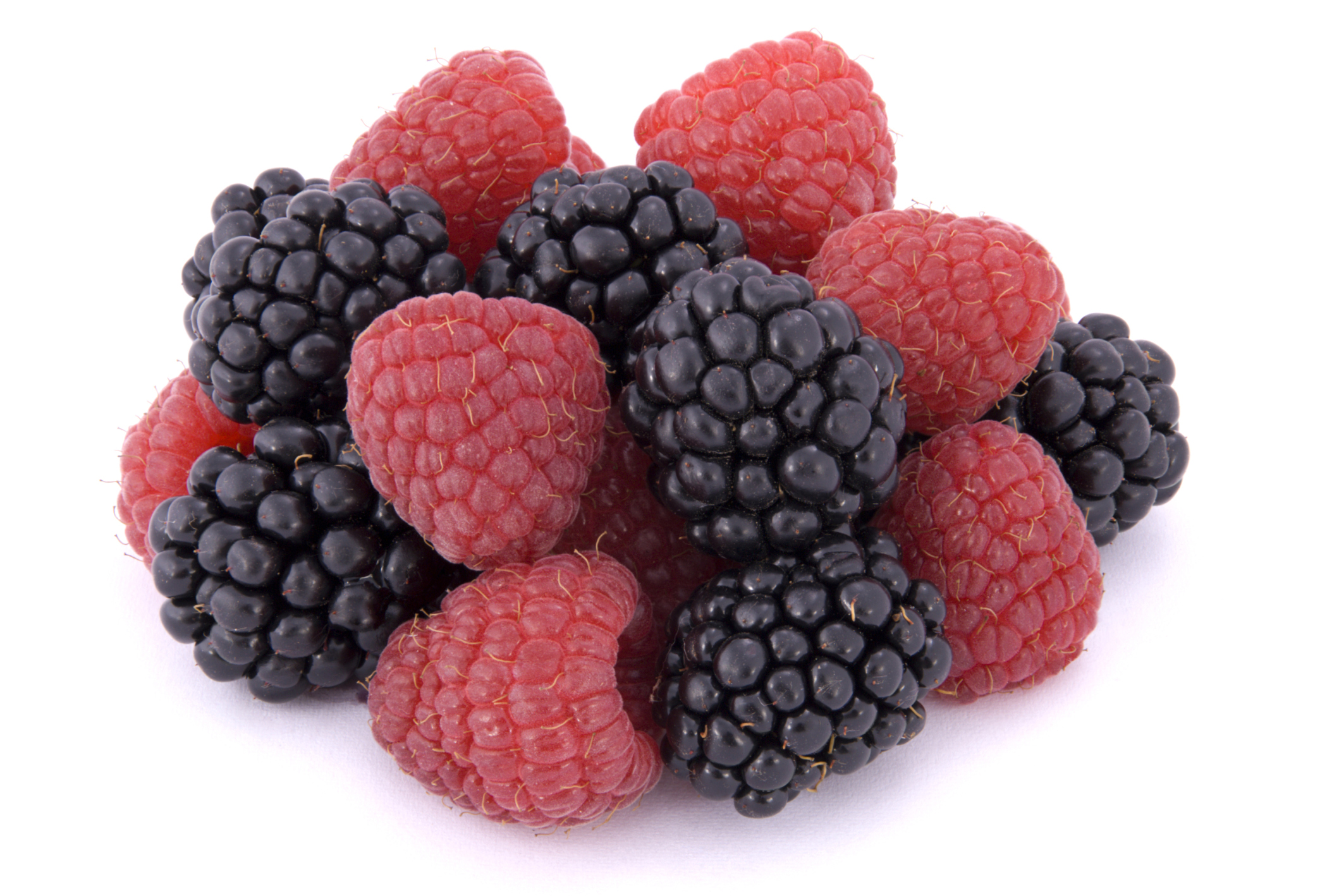Published in the September 27 – October 10, 2017 issue of Morgan Hill Life

Raspberries and blackberries
Imagine plucking a sun-warmed raspberry or blackberry from its vine and popping it into your mouth — every time you walk to the garage or out the back door. Adding perennial berry plants to your Morgan Hill landscape makes this possible and it is surprisingly easy to do.
Planting berries
Raspberries and blackberries can be planted from late fall through early spring. These plants tend to spread, so select a location that will naturally limit their growth. Placing them next to fences and buildings is ideal because they can provide trellising. To install plants, dig a wide, shallow hole that can contain all the roots. Trim off any dead or damaged root tissue and spread the roots out, within the hole. Roots should not be planted more than 2 inches deep. Cover with soil and press down firmly to eliminate any air pockets. Water well to settle the soil and hydrate the canes. Cut newly planted canes to a height of only 6 inches. Red raspberry plants are generally spaced 2 to 3 feet apart, while black and purple varieties are spaced 3 to 4 feet apart.
Training berries
Cane berry plants produce more fruit and stay healthier when they are trellised. Cane tips that reach the ground will start producing roots, rather than flowers and fruit. Only the largest canes should be retained.
All others should be pruned out because smaller canes produce smaller fruit. Also, tip back canes to prevent them from getting longer than 6 to 8 feet. The further a berry is from the crown of the plant, the smaller it will be. Canes should be fanned out for good air circulation and to make it easy for pollinators to reach the flowers. Before removing older canes, check to see when your particular variety produces fruit. Some canes produce fruit on one-year old canes, while other produce on older canes.
Watering cane fruits
Raspberries and blackberries use a lot of water, but they do not tolerate standing water or soggy soil. Frequent watering is very important during bloom time. Too much heat and water stress at bloom time can eliminate an entire season’s crop in a condition called “berry blast.” Soaker hoses and drip irrigation are excellent tools for keeping your berry plants healthy and hydrated, without wasting water.
Other benefits of berries
Adding berries to your landscape also provides pollen and nectar for beneficial insects, food for indigenous birds and wildlife, and most casual thieves won’t brave a blackberry bramble to get to your backdoor.
Raspberry and blackberry canes grow well in Morgan Hill, and they are easy plants to add to your landscape. Try them today.
You can learn more about growing berries and other edibles at the South County Teaching and Demo Garden, found at St. Louise Hospital, 9400 No Name Uno, Gilroy.
You can learn more at www.mgsantaclara.ucanr.edu/demonstration-gardens/south-county-teaching-and-demonstration-garden/ Classes are regularly offered to the public. For more information, check the events page at www.mgsantaclara.ucanr.edu/events/ or call (408) 282-3105 between 9:30 a.m. to 12:30 p.m., Monday through Friday.




